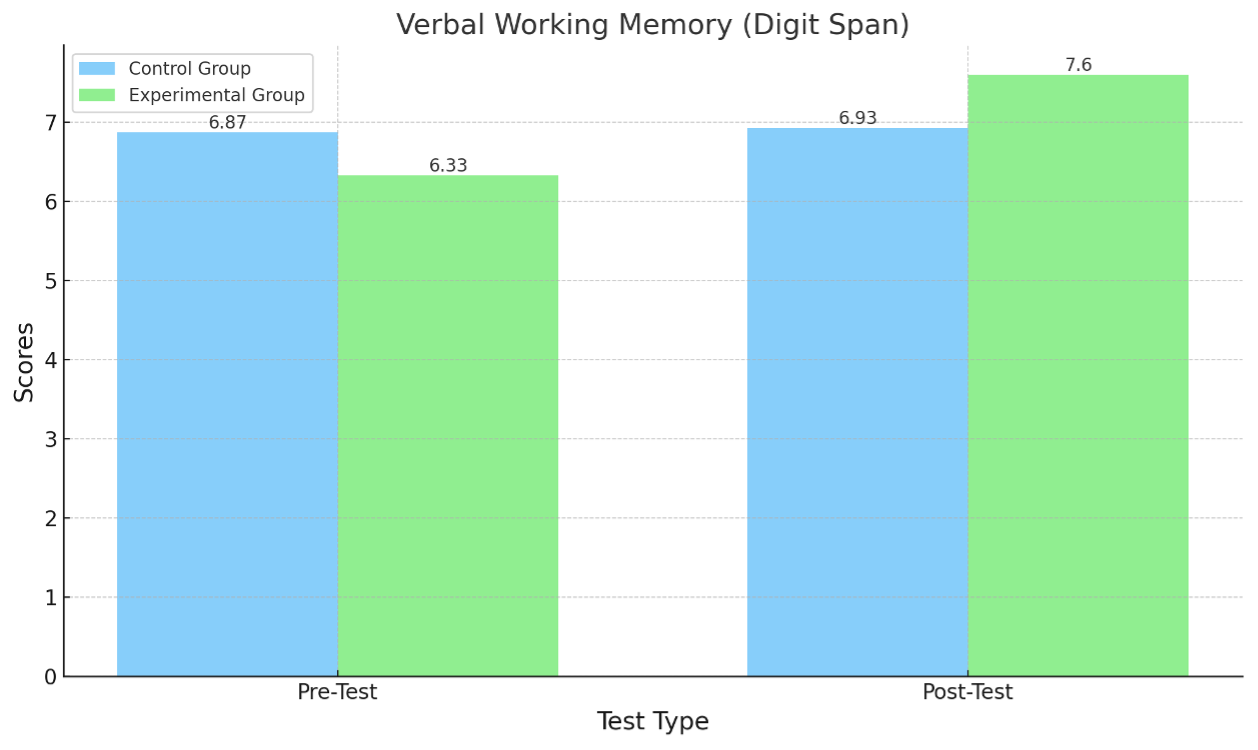
Researchers and Affiliations:
Md. Shahinoor Rahman: University of Chittagong, Bangladesh.
Farida Binte Wali: Government City College, Chittagong, Bangladesh.
The study was published in the European Journal of Humour Research.
When and Where:
Conducted in Bangladesh, involving undergraduate students. The specific timeline of the intervention lasted for 4 weeks, with two sessions per week.
Purpose and Objectives:
The study aimed to determine if laughter yoga, which uses simulated laughter without relying on humor or jokes, could enhance working memory (WM) in healthy young adults.
Hypotheses:
Laughter yoga would significantly improve visual-spatial working memory (tested via the Corsi Block Test).
Laughter yoga would significantly improve verbal working memory (tested via the Digit Span Test).
What is Laughter Yoga?
Laughter yoga involves simulated laughter, which is self-induced and does not depend on external stimuli like jokes or comedy. It typically follows a structured sequence of:
- Clapping rhythms (e.g., "ho ho, ha ha ha").
- Deep breathing exercises.
- Simulated laughter exercises such as:
- Greeting laughter (pretending to greet someone warmly while laughing).
- Telephone laughter (pretending to talk on a phone while laughing).
- Lion laughter, hot soup laughter, and more.
Participants:
Total Participants: 30 undergraduate students.
10 males and 20 females, with an average age of 20.57 years.
Selection Criteria: Participants were
Randomly divided into two groups:
Experimental Group: 15 participants who underwent laughter yoga sessions.
Control Group: 15 participants who received no intervention.
Tests Used to Measure Working Memory:
Corsi Block Test (CBT):
Measures visual-spatial memory by asking participants to recall the order of lit-up squares on a screen.
Digit Span Test:
Measures verbal working memory by asking participants to recall a sequence of numbers in the correct order.
Study Design:
Pre-test and Post-test Design:
All participants were tested before and after the 4-week intervention.
Laughter Yoga Sessions:
Conducted twice weekly, each session lasting 30 minutes.
Sessions followed a consistent structure:
1. Initial clapping and chanting ("ho, ho, ha-ha-ha").
2. Deep breathing exercises.
3. 15 minutes of guided laughter exercises.
4. Final relaxation and breathing.
The control group did not participate in any intervention during this time.
Results:
Visual Working Memory (CBT Scores):
Experimental Group: Significant improvement from 4.83 (pre-test) to 5.43 (post-test).
Control Group: No significant change (pre-test: 4.93, post-test: 5.40).

Verbal Working Memory (Digit Span Scores):
Experimental Group: Significant improvement from 6.33 (pre-test) to 7.60 (post-test).
Control Group: No significant change (pre-test: 6.87, post-test: 6.93).

Key Findings:
Laughter Yoga Improved Working Memory:
Both visual-spatial and verbal memory improved significantly in the experimental group compared to the control group.
No similar improvement was observed in the control group.
Positive Emotions and Cardiovascular Activity:
Laughter yoga likely improved memory through the positive emotions it generated, which are known to enhance cognitive functions.
Simulated laughter mimics the cardiovascular effects of exercise (increased heart rate), which may further enhance memory.
Why is This Important?
Working memory is crucial for everyday tasks, learning, reasoning, and problem-solving.
Laughter yoga can serve as a non-invasive, fun, and effective tool to improve cognitive abilities in students and adults.
It may help populations struggling with memory challenges, such as older adults or students under academic stress.
Conclusions:
Laughter yoga was effective in improving both verbal and visual-spatial working memory in healthy young adults.
The findings highlight the potential of laughter yoga as a memory-enhancing intervention for students or others needing cognitive support.
Please click on the link to get the original research study https://tinyurl.com/3mkv2c7w
